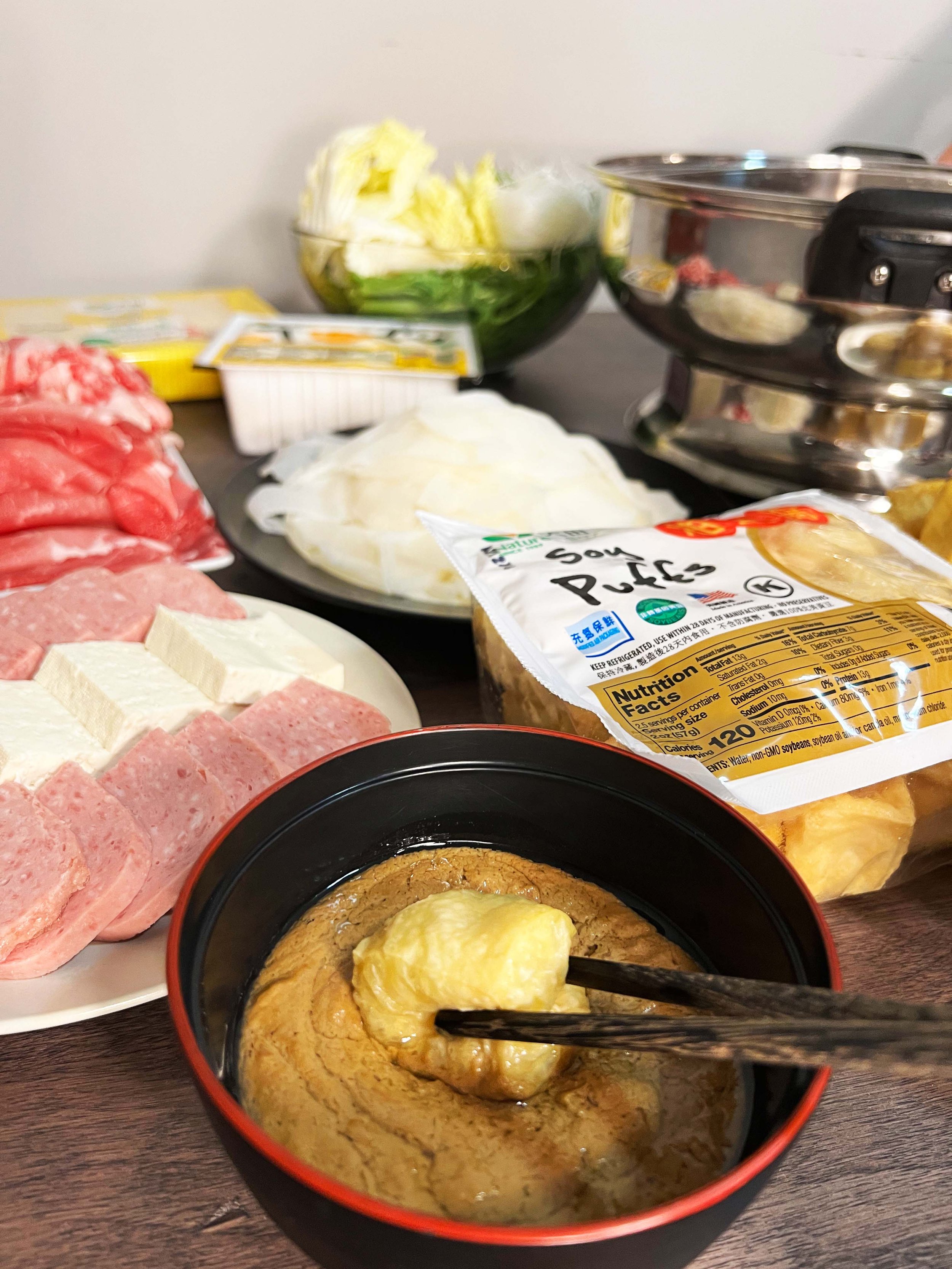History of Hot Pot
Hot pot has been well known in China for about two thousand years. In fact, the first form of hot pot appeared earlier in the Shang and Zhou dynasties (approximately 1600-256 BC). And the emergence of copper pot during the Three Kingdoms period (220-280), which is now a relatively recognized origin of hot pot throughout the history.
During the Northern and Southern Dynasties (420-589), people gradually used hot pot for cooking. During that period, most people use it to cook chicken and duck. This period is the global cooling period, when the temperature is extremely cold, culminating in a period of extensive glaciation, which make sense people enjoy hot pot more.
Later, the Mongols established the Yuan Dynasty, and they were also influenced by the hot pot culture. They began to put beef and lamb into hot pot and the Northern Chinese style hot pot was inherited here.
Regarding the style of the hot pot, the way people cook hot pot varied in different regions.
1.Sichuan style
Sichuan province in China is famous generally for its spicy cuisine. Sichuan hot pot is also synonymous with being hot and spicy. Sichuan style hot pot is famous for its hot and numbing taste, it is also the mainstream style of hot pot in China. (The origin and development of hot pot, which one do you like best from so many hot pot genres?, 2019)
2.Northern Chinese style
Northern Chinese style hot pot does not use flavored soup base. It usually just uses hot water to give the fresh sliced thin beef and lamb a quick “bath”, and then people would eat the meat with dipping sauce according to personal preference. The most popular dipping sauce for Northern style hot pot is sesame sauce. This typical combination is diluted sesame paste with a little bit of soy sauce and sugar. You can also add chili oil, scallions, sesame paste, cilantro, green onions, or whatever suits you. There are no rules when it comes to condiments. (The origin and development of hot pot, which one do you like best from so many hot pot genres?, 2019)
3.Korean style
Jeongol is the Korean-style hot pot made by putting meat, mushroom, seafood, spicy soy paste and seasoning in a stew pot, adding broth, and boiling it (Wikipedia, 2021). Jeongol was originally a dish for upper-class Koreans and members of the royal court, since it contains a variety of main ingredients like beef, seafood, sliced tofu, and potato noodle. Another famous Korean hot pot is called Budae Jjigae also known as Army Stew. It incorporates American style processed food such as luncheon meat, ramen noodle and sausage in the hot pot, of course they will put Korean kimchi inside as well. Since it is convenient to just put all available food inside and boil, the soldiers would eat this kind of hot pot at war.
4.Japanese style
If you are familiar with Japanese hot pot dish, you have probably heard of Sukiyaki. A one-pot dish with thinly sliced beef and assorted vegetables cooked simmered in a sweet soy sauce based broth. Generally, it is a winter dish as the warm and comforting sukiyaki is a delicious way to warm you up on cold winter nights. (Tang, 2018)
For all different styles of hot pot, you can pair with Nature’s Soy soy products for a delicious meal. Our fried bean curd roll, firm tofu and soy puffs are great essentials for all styles of hot pot! Perfect for dipping into the savory broth and enjoying the various flavors!
To learn more about Nature’s Soy products, please visit our product page. To keep up with Nature’s Soy, follow us on Facebook & Instagram!
References
Dillon, K. (2020, June 14). Everything You Need to Know About Chinese Hot Pot. Retrieved from LA JOLLA: https://lajollamom.com/chinese-hot-pot/
Hyosun. (2021, March 13). Beoseot Jeongol (Mushroom Hot Pot ). Retrieved from KOREAN BAPSANG: https://www.koreanbapsang.com/beoseot-jeongol-mushroom-hot-pot/
Tang, E. (2018). SIMPLE JAPANESE HOT POT (SUKIYAKI). Retrieved from Spice the Plate: https://www.spicetheplate.com/beef/simple-japanese-hot-pot/
The origin and development of hot pot, which one do you like best from so many hot pot genres? (2019, 5 15). Retrieved from Zhihu: https://zhuanlan.zhihu.com/p/65869415








